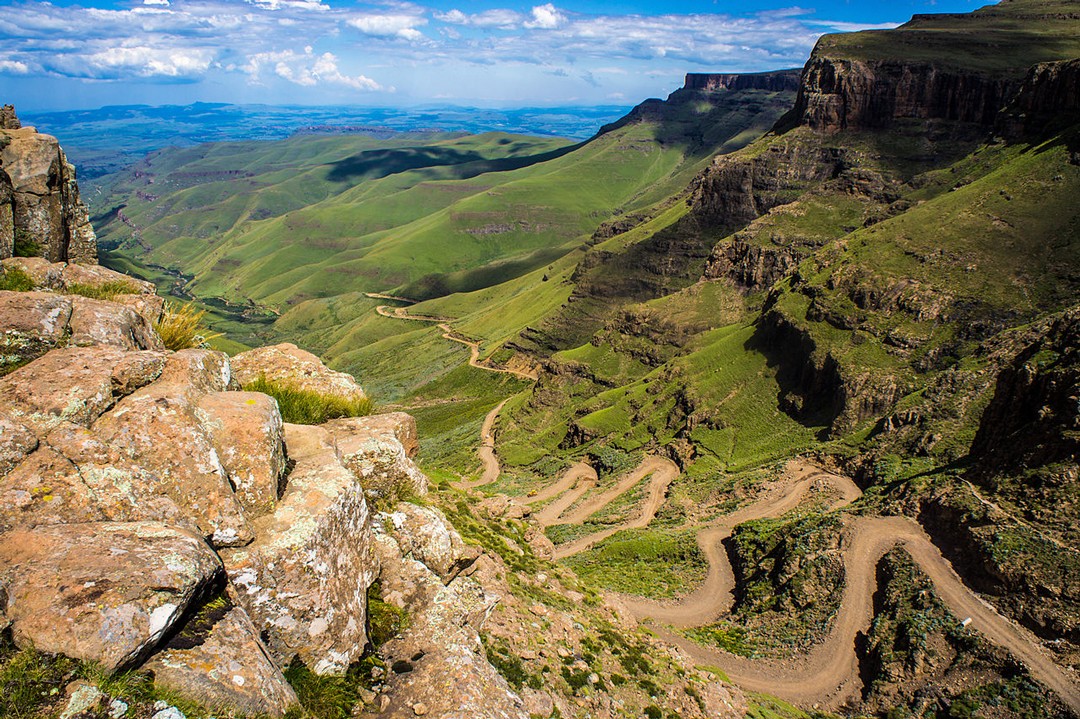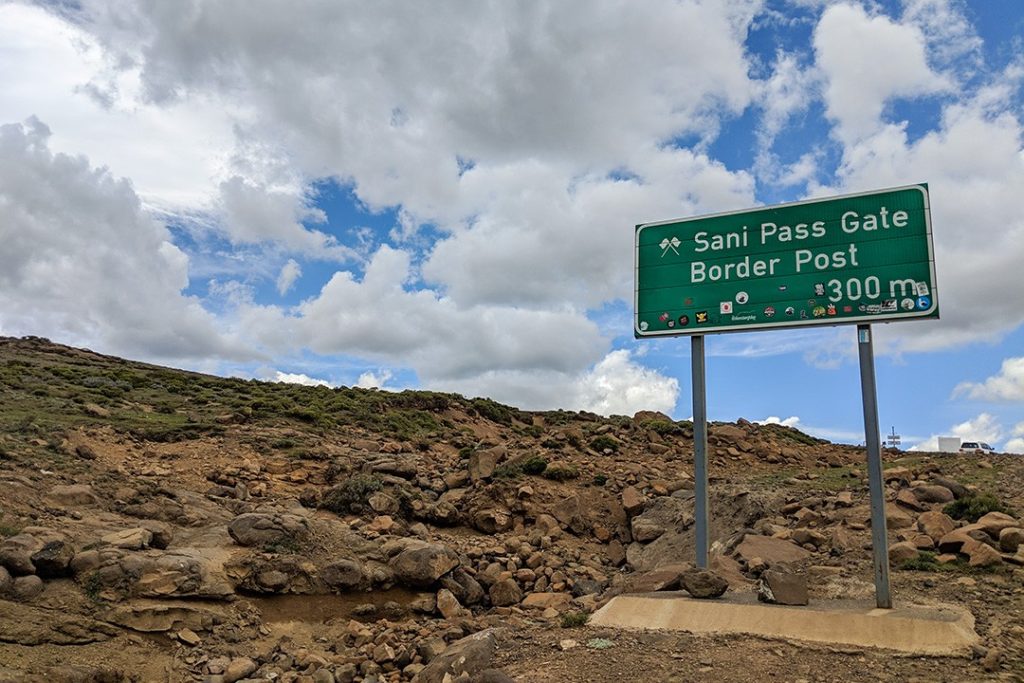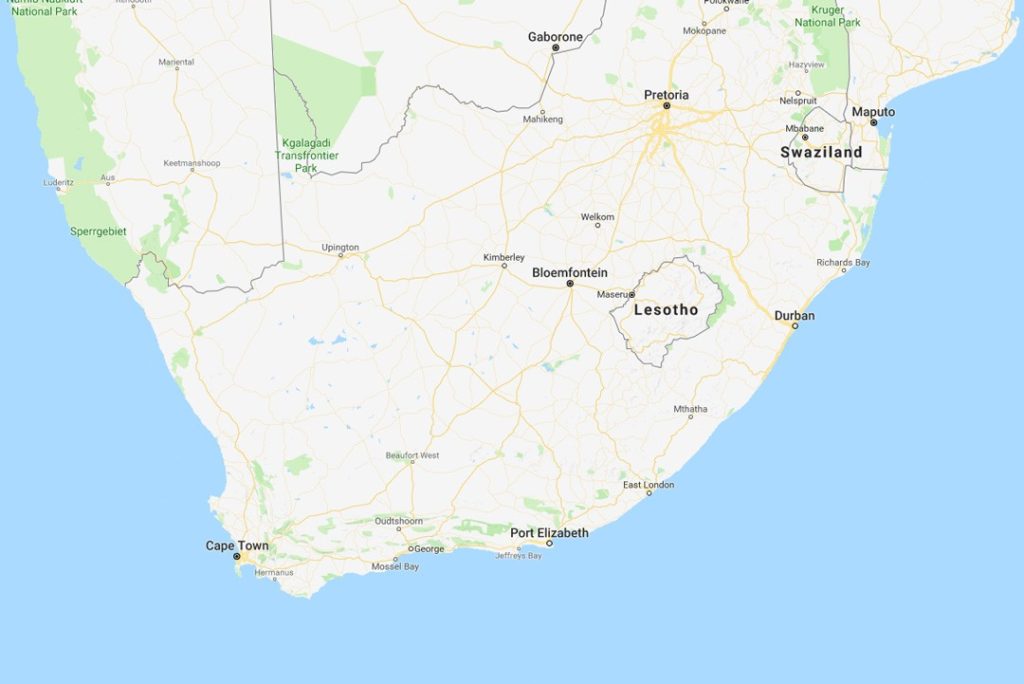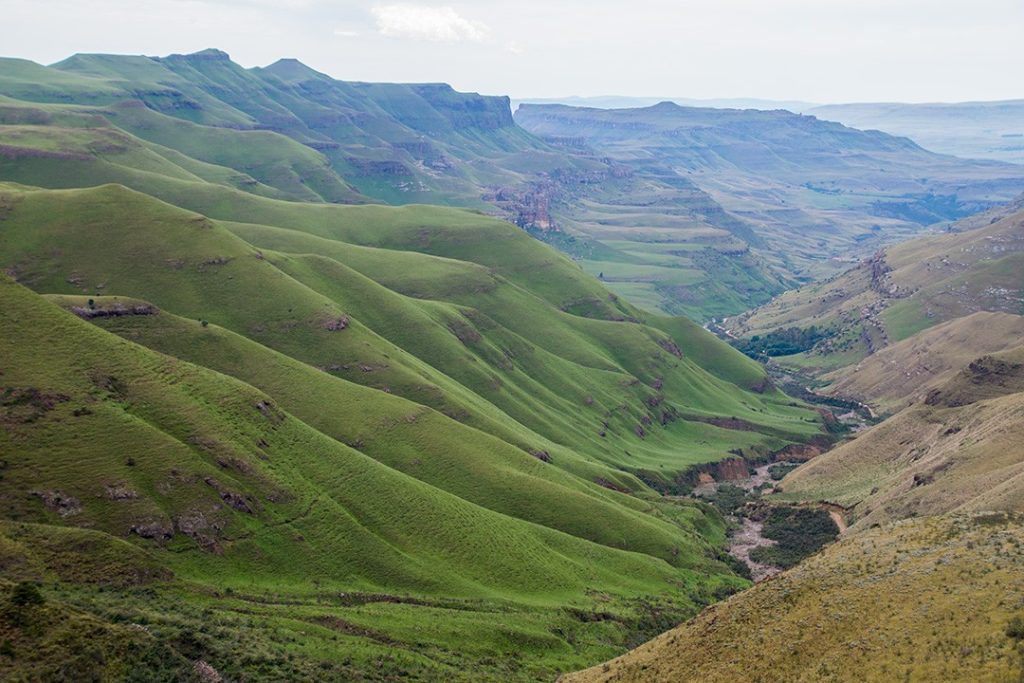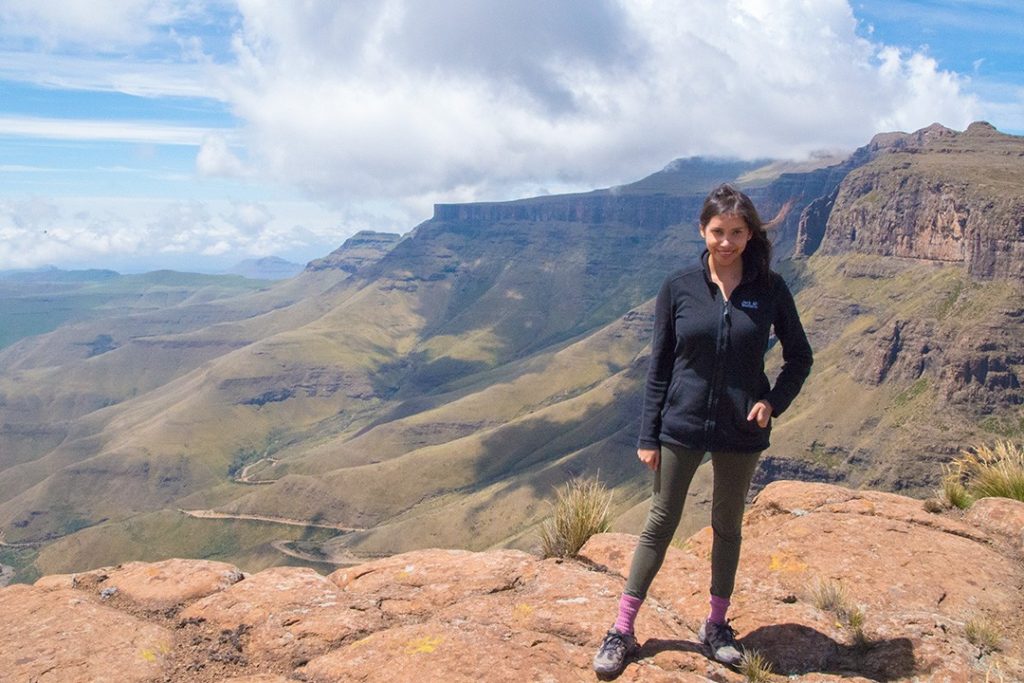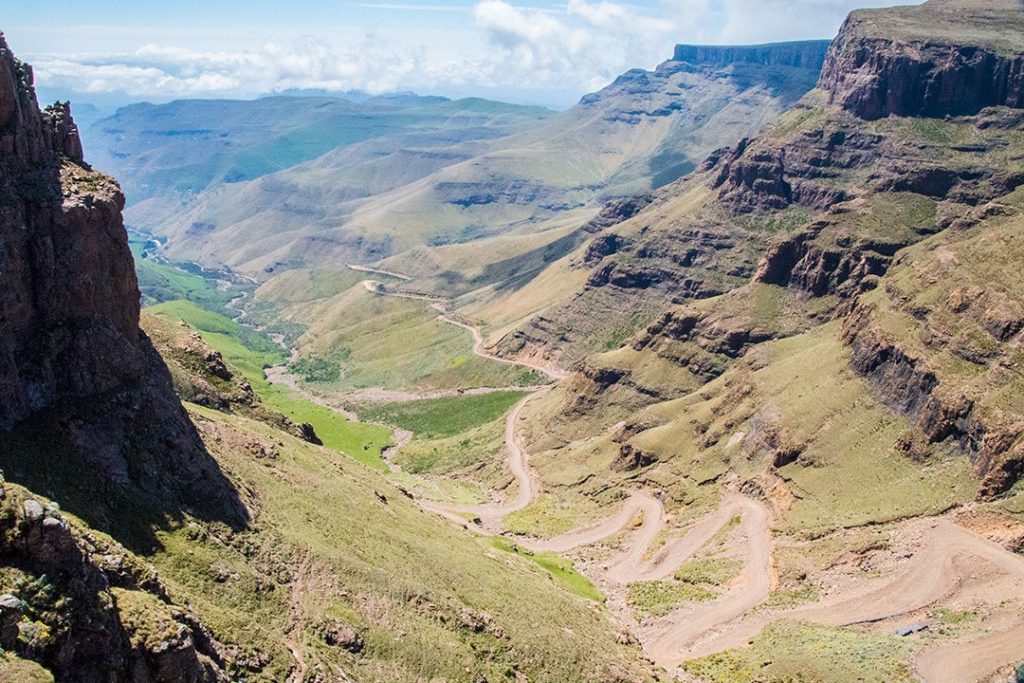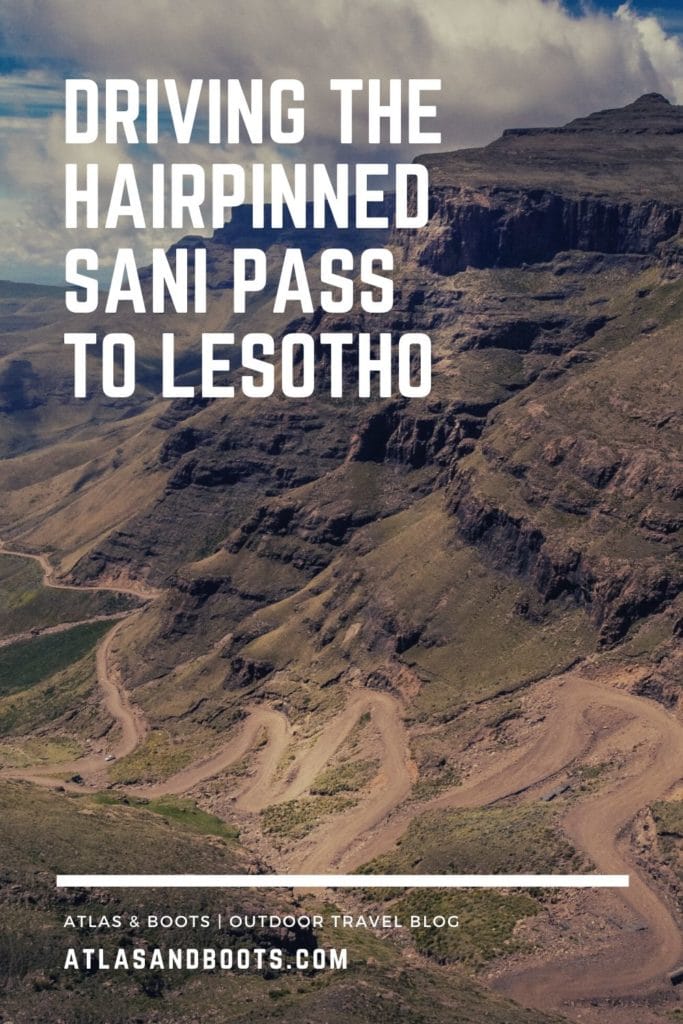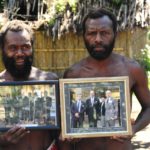Sani Pass is said to be one of the most dangerous mountain passes in the world. We decided to drive it on our overnight tour to Lesotho
Sometimes, I feel jealous of past explorers − not grandees like Cook or Magellan but everyday travellers that went somewhere and saw something not yet covered by Lonely Planet or indeed Atlas & Boots.
I imagine sultry Indian summers with endless corridors of uncharted possibility or China’s Hallelujah mountains, misty and deserted, and think how magical those times must have been.
In the age of guidebooks and Google, everything is discoverable. You can confirm your entire journey through a country without setting a foot inside it. I do enjoy the convenience of TripAdvisor and Google Maps, but I also long for true seclusion.
There have been places in which I’ve sampled this simpler, arguably purer, form of travel: on Erta Ale volcano in Ethiopia, in Djibouti’s Lac Abbé, camping on Mafana Island in Tonga, climbing Nevis Peak in St Kitts & Nevis and trekking Mount Yasur in Vanuatu.
These rare gems conjure the romance of anachronistic travel. They make me feel like the person I want to be: daring, cavalier and just a little bit reckless. Sani Pass is one of those places.
Located in the western end of KwaZulu-Natal province of South Africa, Sani is a mountain pass connecting Underberg in South Africa with Mokhotlong in Lesotho. The hairpinned pass − named one of the most dangerous in the world − starts at an altitude of 1,544m and climbs 1,332m to 2,876m.
Built circa 1950, Sani Pass remains a challenging drive. With winding twists, loose gravel, plunging drops and hairpins bends, Sani Pass demands painstaking care and practised skill. In parts, the gradient reaches 1:3. In treacherous conditions, it has claimed lives. In fact, one of the hairpins has the portentive name of ‘suicide bend’.
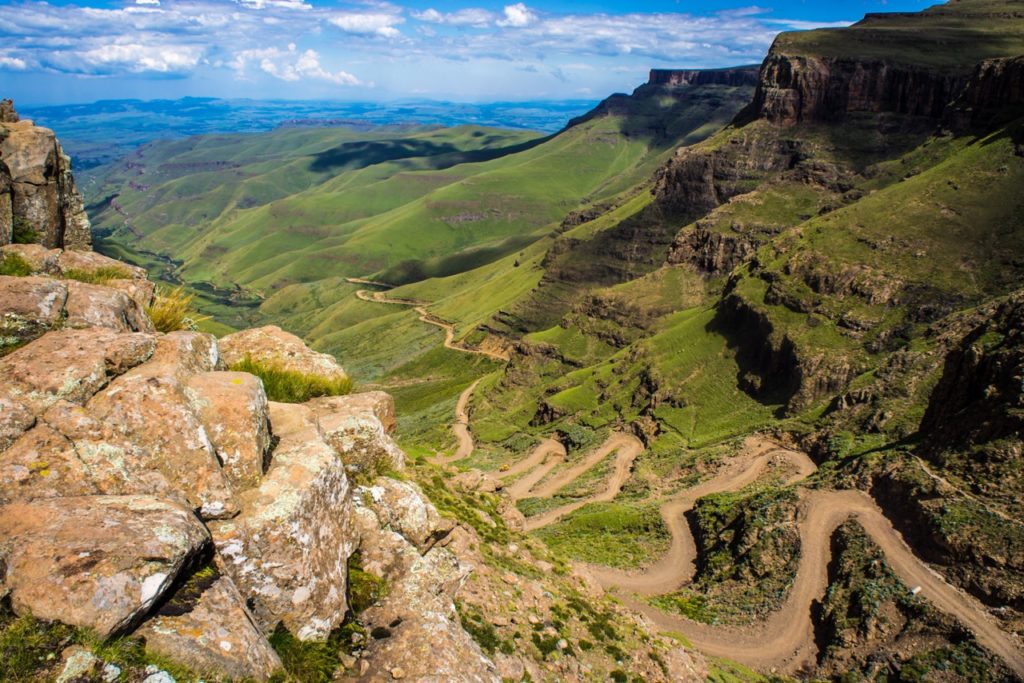
After self-driving thousands of kilometres through Namibia, we were in no mood to attempt Sani Pass ourselves, so we booked an overnight tour to Lesotho and embarked on the drive with a local expert from Roof of Africa.
We set out from the town of Underberg and drove for 35km along the Sani Pass Road to the South African border post. This itself is slow as much of the drive is on unpaved road.
We presented our passports at border control and were permitted to continue. If you’re not in a 4×4, expect to be turned away at this point.
After border control, we started Sani Pass in earnest. This is where our guide’s skills were truly put to test. The road scraped against our vehicle’s wheels, trying its very best to wrench away the traction. We edged our way up, grinding and grating up the treacherous gravel.
Somewhere along the twisty pass, I realised just how beautiful this region is. I knew little of Lesotho before the trip and I’ll admit that I expected a dusty bowl of a country caught like a fly in South Africa’s fist.
I imagined parched landscapes of yellow and brown and withered dwellings wilting in sun. What I found was some of the most stunning scenery I’ve seen. Lush folds of velvet green rose like waves in a painting. The drama of this mountain pass leading to one of the least known countries in the world was utterly jaw dropping.
We inched on, climbing higher as the views grew better. All in all, Sani Pass is roughly 9km from the South African border post to its Lesotho equivalent, and yet it took us 90 minutes to complete − such is the need to drive carefully.
At midday, we reached Sani Mountain Lodge, home to Africa’s highest pub. There, we enjoyed lunch and a drink before visiting the highest point in the area at 3,240m.
It’s at this point that day trippers turn back for the return journey. Thankfully, we booked an overnight tour of Lesotho and were able to visit a local village where we were treated to a dance performance and a lesson on local customs.
Generally, Peter and I travel for nature and wildlife rather than cultural experiences (particularly ones with audience participation!), but this was a fun diversion, especially when the local women asked Peter if I was his wife and exclaimed in congratulation when he said yes.
Outside, Peter smiled and sheepishly said, “One of us has punched above our weight and clearly it’s not you.”
We rejoined our guide (also called Peter) under a quickly-changing sky. Dark clouds rolled in and we found ourselves caught in a sudden downpour. This scuppered our plans to see the sun set from Black Mountain, so we headed to our lodgings at Mantsebo Guest House instead.
The next day, we were scheduled to go pony trekking along an escarpment close to the highest pub in Africa. Alas, the local provider had leased out all his ponies, so we decided to hike instead.
I’ve written before about the common view that Africa is one homogenous entity. I know that Ethiopia is different to Mauritius which is different to Namibia which is different to Egypt, but Lesotho really blew away my presumptions. This land of green summers and snowy winters was not my idea of Africa.
Soon after the hike, we began our second traverse of Sani Pass, this time in descent. We bumped, scraped and inched our way down, at one point stopping to help a driver that was stuck on his way up.
Peter, our guide, took the driver’s wheels and painstakingly helped him out of the predicament. On returning to our vehicle, he remarked that he could see the worry in the driver’s eyes. Sani Pass isn’t a jaunt or a joke. It presents a real and clear danger.
The conditions of Sani Pass may be set to change, however. Chinese contractors are scheduled to pave the road in 2019, a move that has met resistance. Local tour operators have complained that the attraction of Sani Pass is its rugged condition and that a sealed, smooth road accessible to all vehicles would dampen its appeal. This is true, but clearly the road must serve locals first. Progress cannot be hampered only to please tourists.
Still, it is sad that this is the nature of progress. It makes life easier, but no matter who it helps and where, it makes everything just a little bit duller. Rare gems like Sani Pass only become rarer which is why they’re so special when you actually find them.
Sani Pass in Lesotho: tips
- You can drive Sani Pass yourself, but we advise taking a guide given the conditions. Either way, you will need a 4×4.
- Consider staying longer than a day trip as this injects more into the local economy.
- The border control points for both South Africa and Lesotho close at 6pm so make sure you allow yourself plenty of time to complete the pass (it took us 1.5hr with an experienced guide albeit with some photo stops).
- Don’t forget to pack your passport. Lesotho is a country independent of South Africa and you won’t be granted entry unless you have your passport.
- If you’re keen to go pony trekking, double check that this is booked in case it isn’t available.
- Pack layers and warm clothes. Lesotho is high and temperatures can vary.
Sani Pass in Lesotho: the essentials
What: Driving the hairpinned Sani Pass from South Africa to Lesotho.
Where: We stayed at Mantsebo Guest House in the picturesque village of Thabang in Mokhotlong. Named after the Queen Regent ‘Mants’ebo Amelia Seeiso, the first and only woman to rule Lesotho, the guest house is a collection of rustic, thatched-roof lodgings set amid charming grounds.
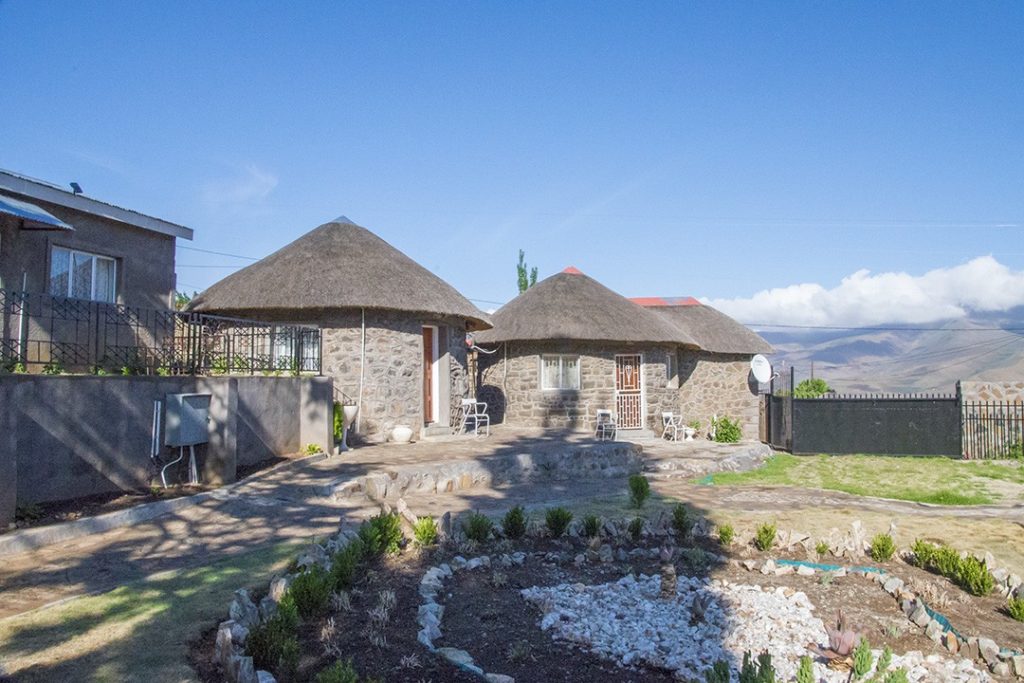
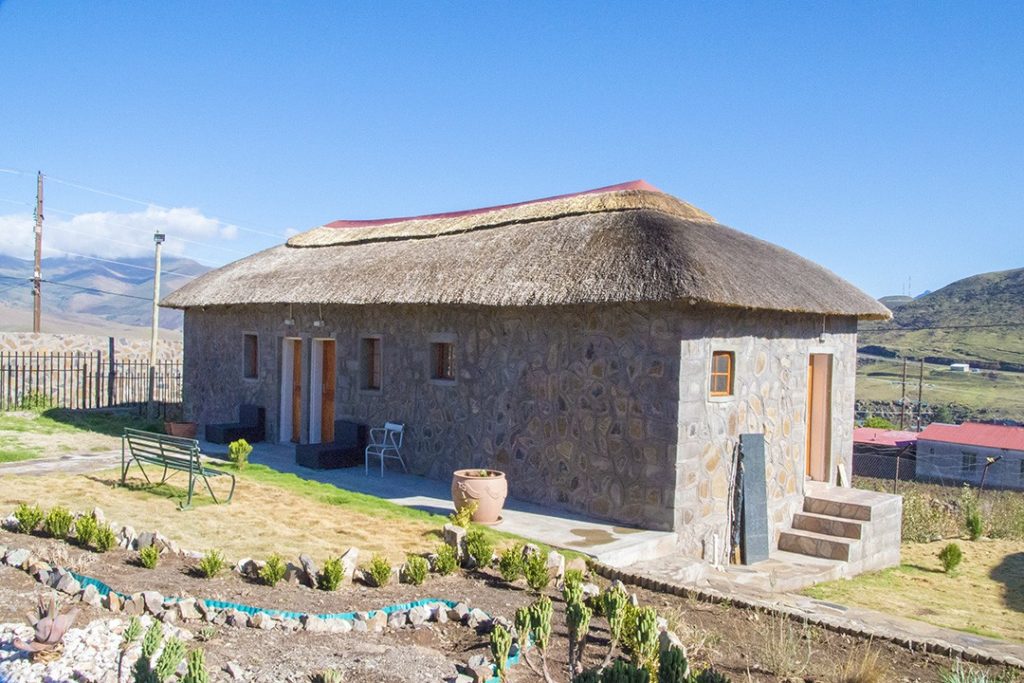
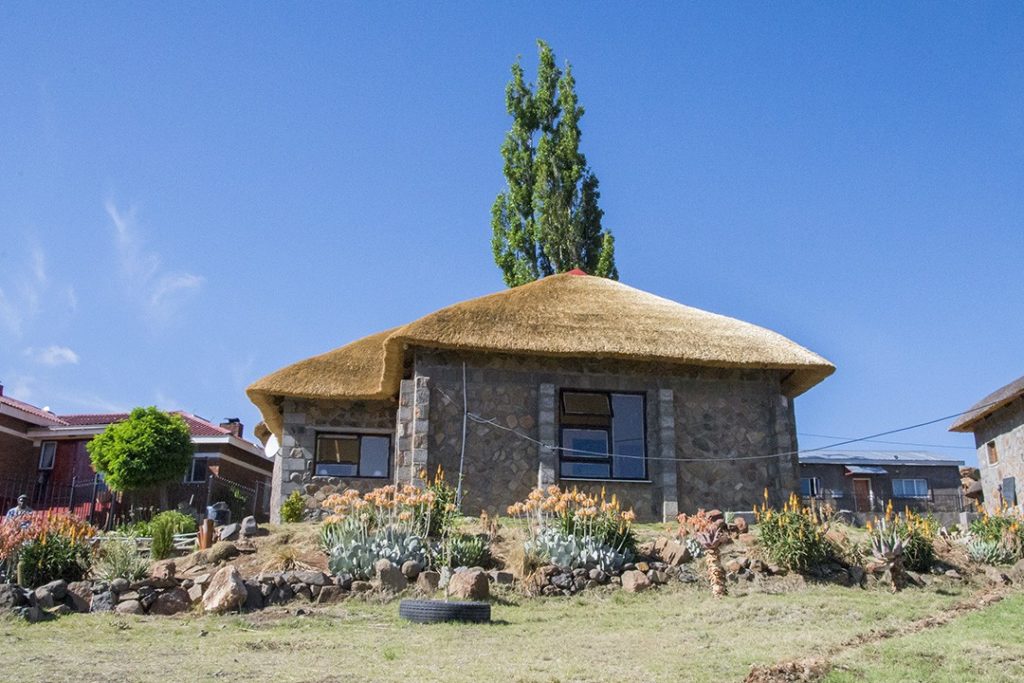
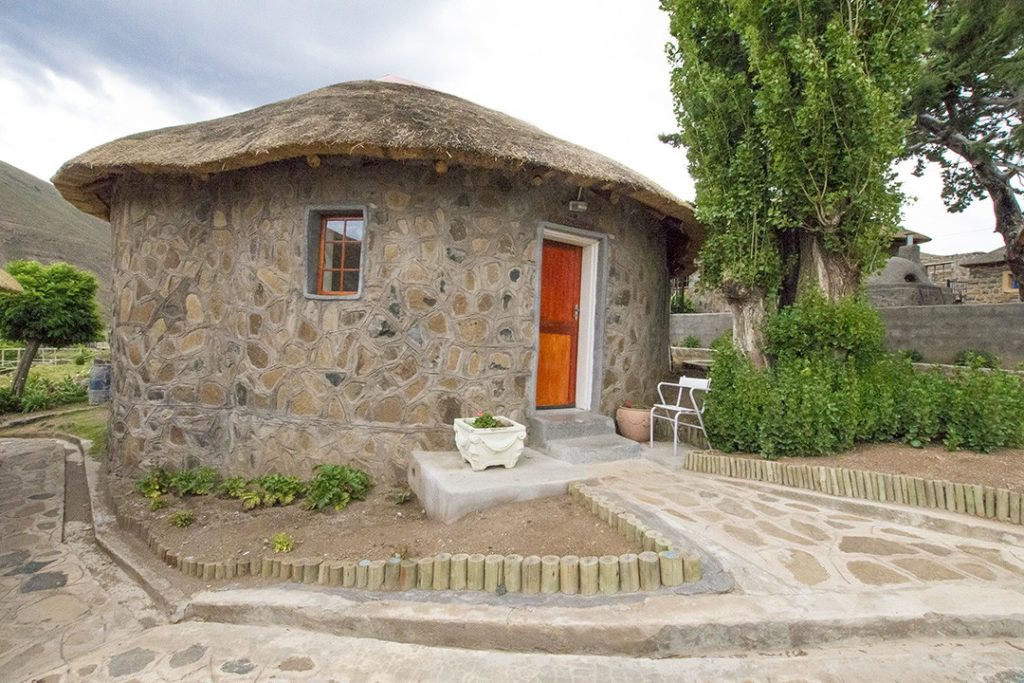
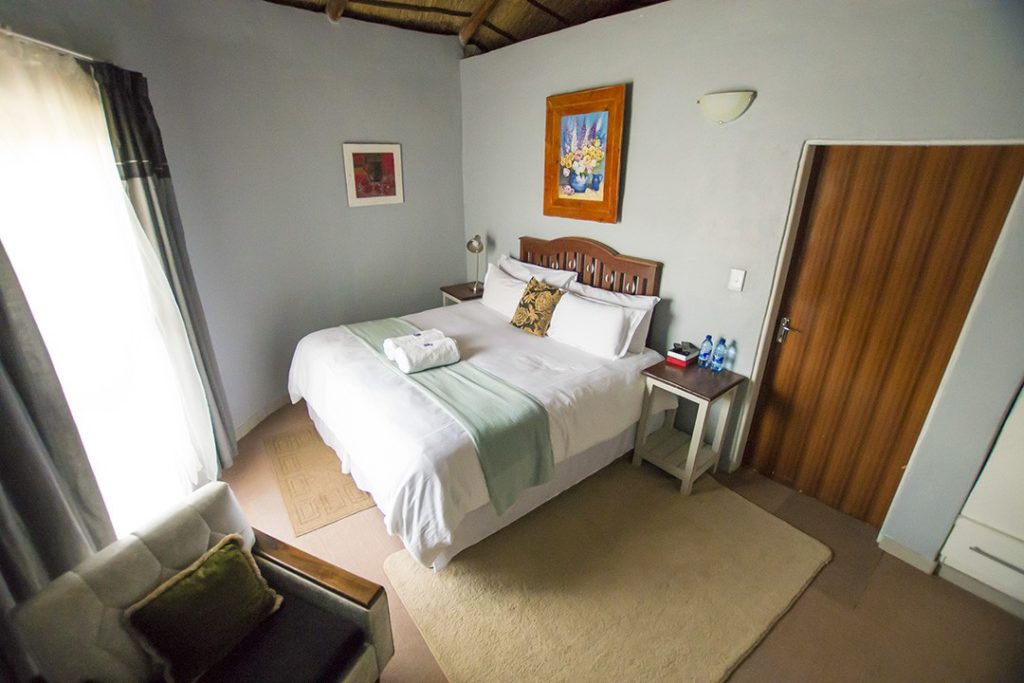
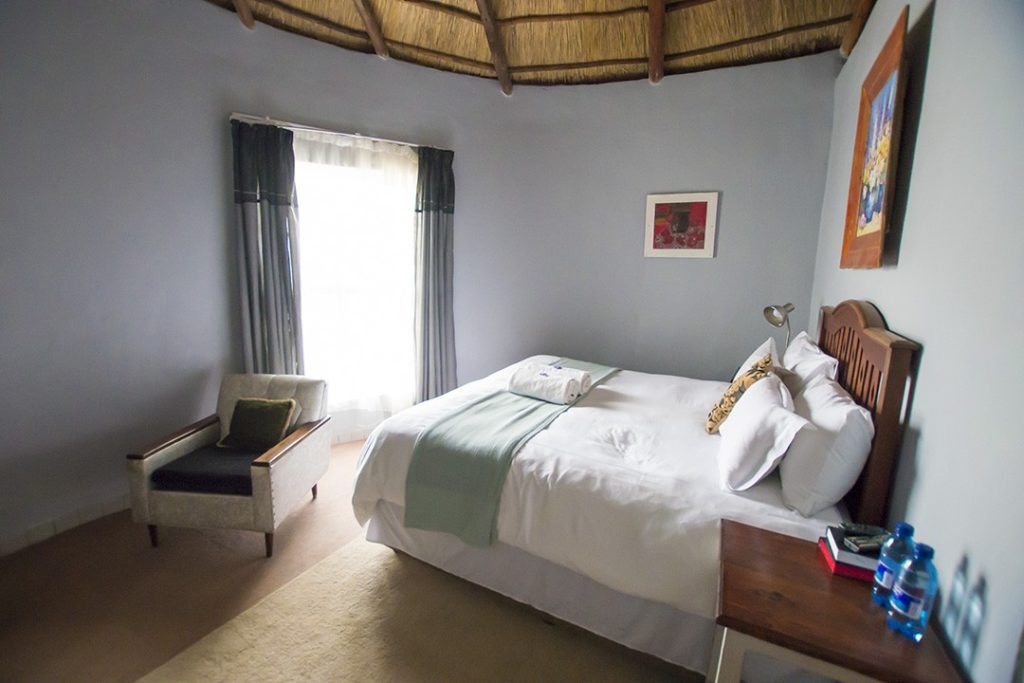
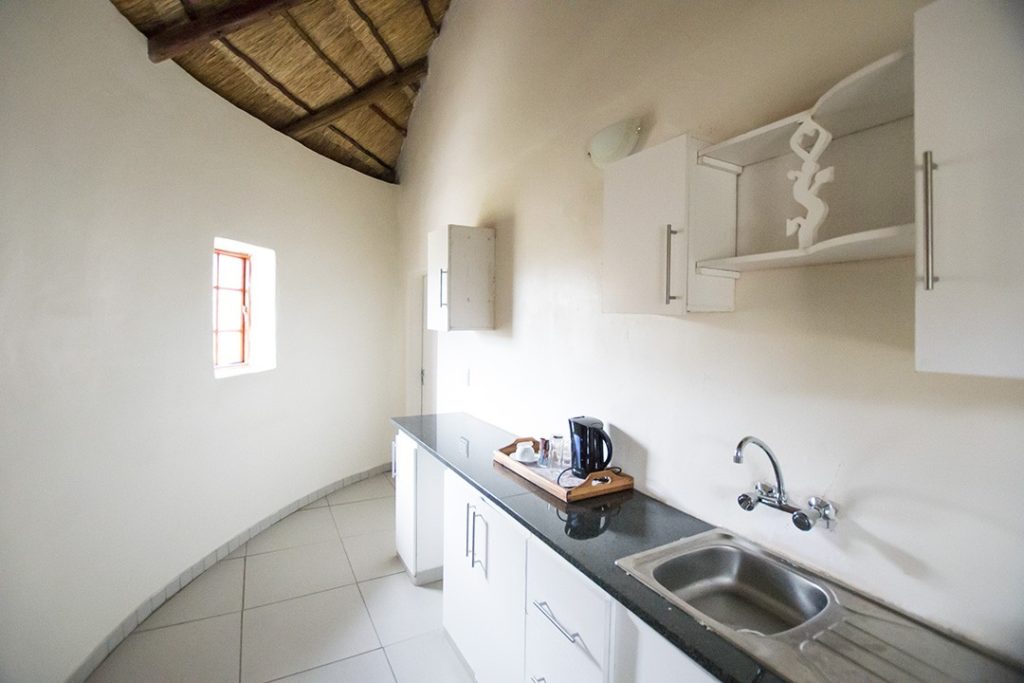
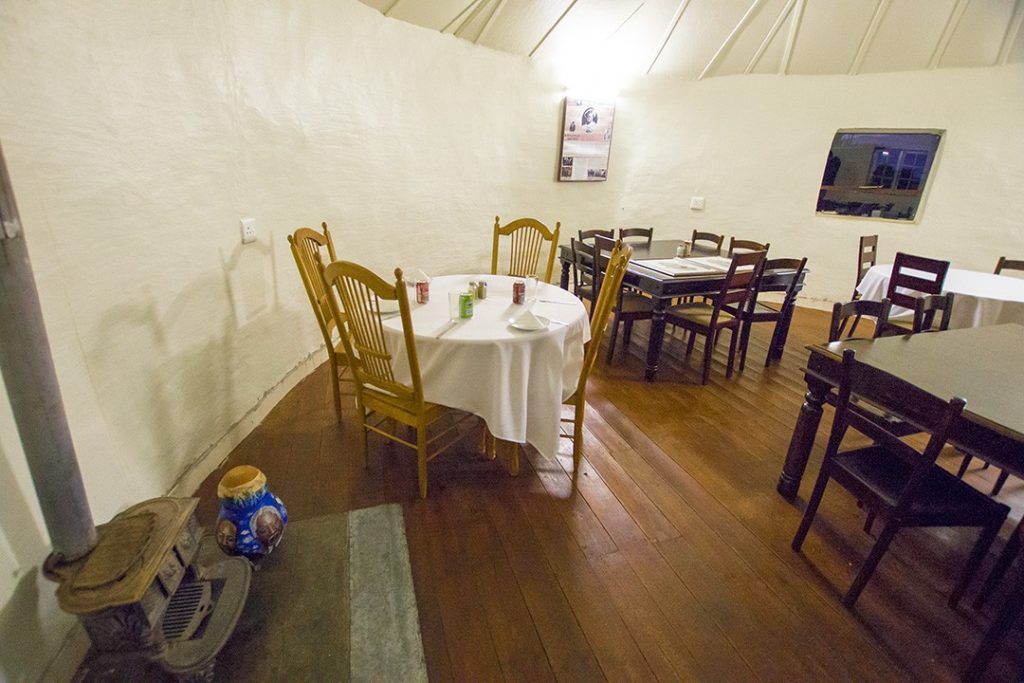
Atlas & Boots
The rooms are clean and functional with private bathrooms and access to shared kitchens. We ate at the on-site restaurant serving mainly western fare (book your meal in advance). There is no internet but this only adds to its off-the-beaten charm.
When: The best time to visit Lesotho is spring (Sep-Nov) and autumn (Feb-Apr), but the weather can be changeable at any time of the year. Expect rain in the summer (Dec-Jan) and snow in the winter (May-Aug).
How: We visited Sani Pass on the Lesotho Overnight Tour From Durban with Roof of Africa.
The price is 5,250 ZAR ($380 USD) per person and includes transfer from and to Durban via Wild Routes, a personal guide for the duration of the tour, sturdy 4×4 transport for Sani Pass, accommodation in Lesotho, all activities and all meals (including a soft drink per meal). Pickup from Durban is around 6am on Day 1, returning around 5pm on Day 2.
The price is fairly steep for an overnight tour, but bear in mind that you’re visiting one of the least seen countries in the world.
If you are already in Underberg, you can opt for the Lesotho Overnight Tour From Underberg (3,750 ZAR / $270 USD per person) which leaves Underberg around 9am on Day 1 and returns around 1pm on Day 2.
We flew to Durban from Cape Town. Book flights via Skyscanner for the best prices.
Enjoyed this post? pin it for later…
Lonely Planet South Africa, Lesotho & Swaziland is a comprehensive guide to Lesotho, ideal for those who want to both explore the top sights and take the road less travelled.
